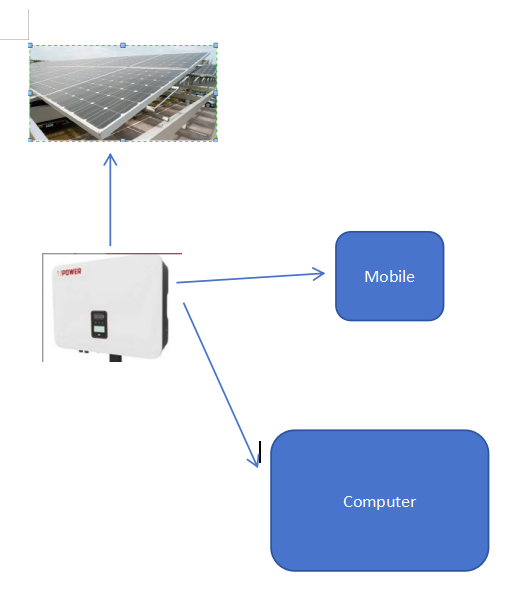






Release time:2025-08-20 Browsed0 order
To reduce reliance on traditional fossil fuels, mitigate environmental pollution, and address climate change, governments have strengthened
their support for the photovoltaic (PV) sector.
In 2023, the global newly-added PV installed capacity exceeded 400GW, and energy storage capacity surpassed 100GWh, indicating the
continuous and rapid growth of the PV-storage market. According to the prediction by the International Renewable Energy Agency (IRENA),
the global PV installed capacity will reach 5,200GW by 2030 and 14,000GW by 2050. By then, renewable energy will account for over 90%
of the total energy mix, with PV emerging as the absolute mainstay.
Photovoltaic inverters are closely intertwined with PV systems. As a core component of PV power generation systems, their primary function
is to convert the direct current (DC) generated by PV panels into alternating current (AC) for use in power grids or electrical equipment.
They directly affect the performance and efficiency of PV power generation systems and have thus entered a period of remarkable development.
1. PV panels produce DC electricity, while most household and industrial equipment operate on AC electricity. Therefore, PV inverters are
essential to convert DC to AC. The performance and stability of PV inverters directly influence the power generation efficiency and reliability
of PV systems.
2. Additionally, PV inverters take on the role of monitoring and managing PV power generation systems, including monitoring the operating
status of PV panels and providing protection for the power generation system, so as to ensure the safe and stable operation of the system.
3. With the advent of the Internet of Things (IoT) era, PV inverters have also become part of the IoT ecosystem. What conveniences can
wireless modules bring to PV inverters?
4. Flexibility: Wireless communication modules can eliminate the reliance on wired connections, making the installation of PV inverters
more flexible. Unaffected by wiring constraints, they can be more easily adapted to various installation environments.
5. Cost savings: PV inverters are usually installed near the solar panel arrays of PV power generation systems, which are often in relatively
high locations such as rooftops or the brackets of PV power plants. Manual inspection requires climbing up and down, increasing time and
labor costs. To facilitate maintenance and management, equipping PV inverters with wireless modules enables remote configuration and
deployment.
6. Simplified installation: Wireless communication modules can simplify the installation process and reduce installation time and costs,
as there is no longer a need to arrange and connect complex wired communication equipment.
7. Remote monitoring and management: Through wireless communication modules, PV inverters can achieve remote monitoring and
management. Users can remotely monitor the performance and operating status of the system via wireless networks, and promptly
identify and resolve issues.
8. Efficiency improvement: Wireless communication modules can enhance the overall efficiency of PV systems, making the system more
intelligent and convenient, which helps to improve energy utilization and reduce energy waste.
